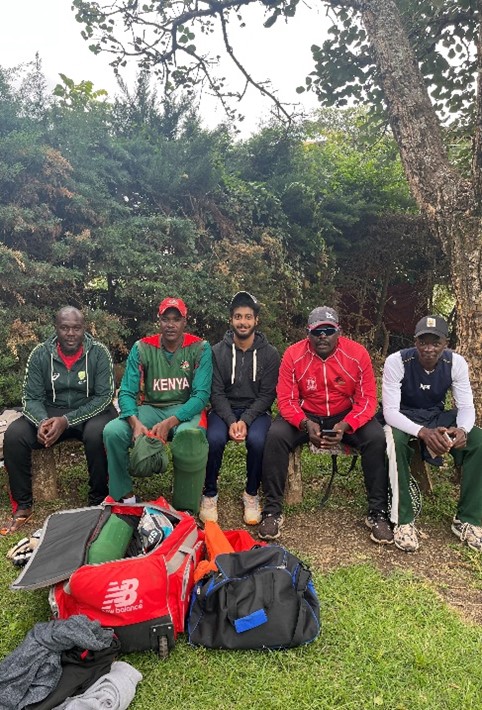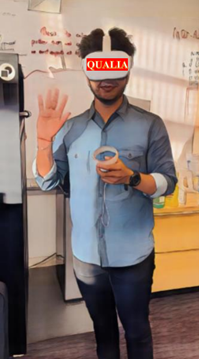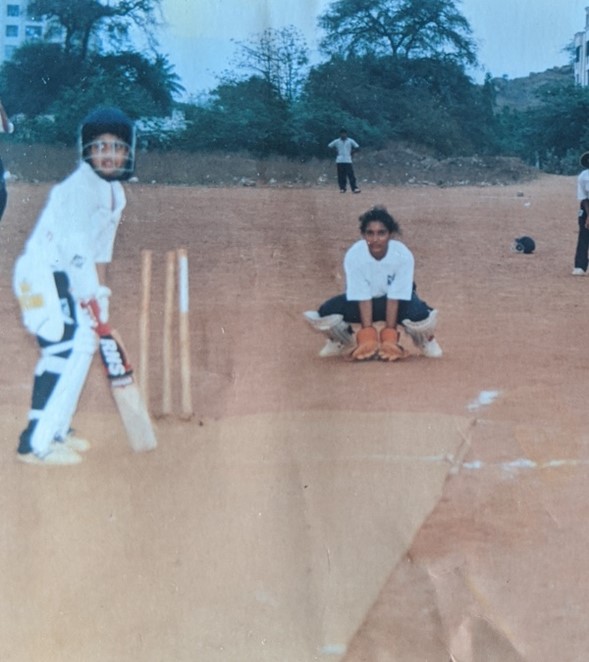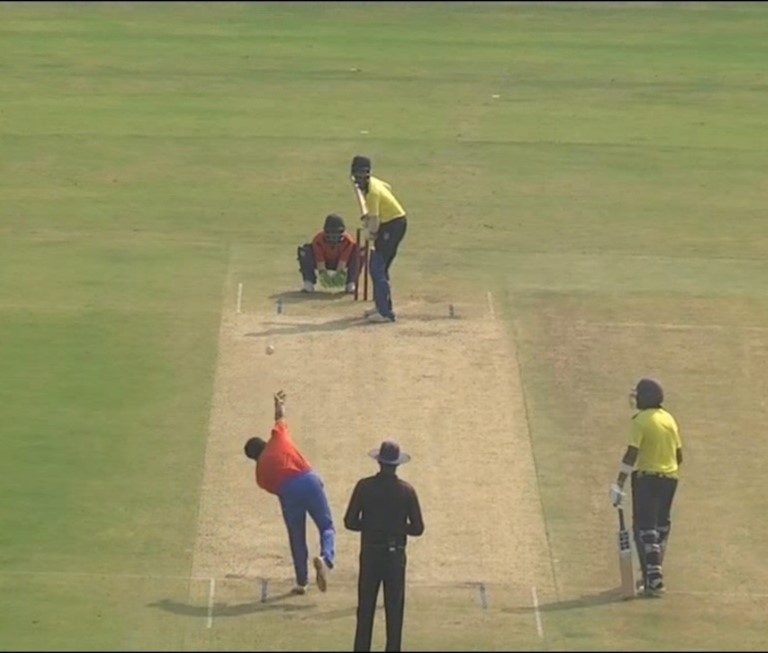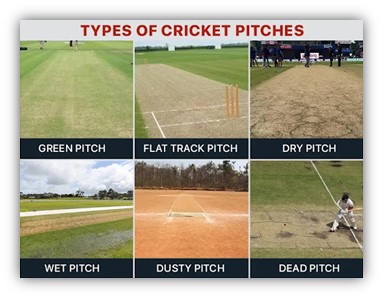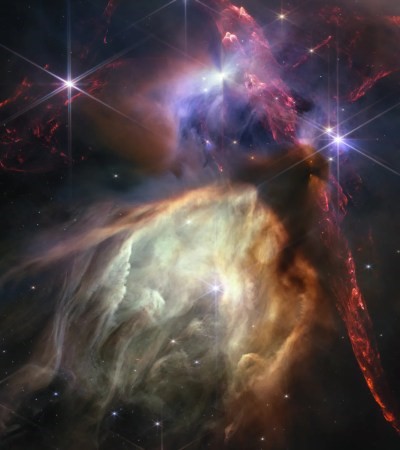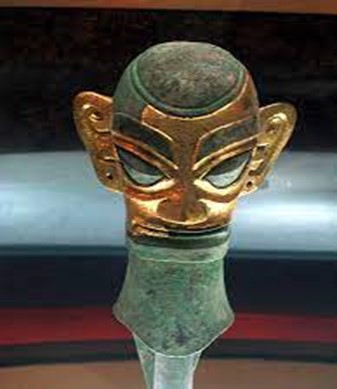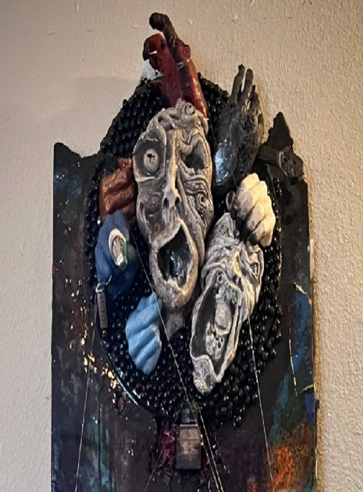April 2024 Solar Eclipse Poems: Fred Turner and George Morgan
Pasted together by Roger Malina
The ArtSciLab under Philip Martin’s curatorship is organizing an eclipse exhibition – the anxious joke is that the eclipse is crossing from Mexico to Texas without a passport or visa.
Meanwhile a call for eclipse poems has already et to these by Fred Turner and George Morgan.
If you would like to publish an eclipse poem, send it to roger.malina@utdallas.edu
Here goes:
A Reading for the eclipse
On March 26th, 2100, shortly after the Spring equinox that year, Pope Francis III will give a Good Friday sermon on the subject of the sun. Pope Francis is a Native American by birth and an astrophysicist by training.
“on the Sun” from Fred Turner
(from Apocalypse: an Epic Poem, book 8) pre-ambulation to the eclipse poem which follows:
“The English language has a lucky pun:
The sun of heaven and the true-born son.
In my tradition—I’m a Mescalero—
The Sun was the first word of the creation,
And still the truest likeness of its Source.
You can see clearly how our ancestors
In every tribe might worship that bright zero,
That pure all-color white too dense to see,
Which gives, and gives, and lets us see and know,
And feeds all things, and comes back every year.
Easter was built upon the ancient rites
Of gods who died in fall and rose in spring,
Who die at night and come back in the morning.
“Now I’m a scientist as well, and know
The sun to be a giant ball of plasma,
Burning its hydrogen to helium,
Tearing five million tons in every second
Out of itself as light and energy,
Breaking its own mass, giving it away.
Perhaps the likeness holds, though, stronger still:
A god is, in the human imagery,
The greatest of all givers, sacrificing
Its plasma, its own lifeblood, for our planet,
Breaking its bread and pouring out its wine.
Let’s go back to the start: the sun as god,
And God as giver and self-sacrificer.
What we know now is that Creation
Was necessary by the force of logic.
‘Why is there something, and not nothing’ was
A loaded question, presupposing zero
To be the default state for being itself.
But think: of all the possibilities,
Nothing’s the most unlikely state of all.
Think of the natural numbers, plus and minus,
And pick at random one of them: the chanceIt’s zero is one in infinity.
Privation isn’t what should be assumed:
Abundance is the only true assumption,
And like the sun, which gives abundantly,
God is the name we give that wild abundance.
Zero is not the end but a beginning:
If zero ever was, the moment after
Would be a wild explosion of new forms,
The cosmic egg would hatch, the world expand,
Its stretching making mass to shape itself,
Its cooling crystallizing into form,
To complex kinds of time, to life, to thought.
The zero is a sundisk, not an absence,
A generosity that burns itself
To make our gentle hills and trees and birds,
Our bodies, thoughts, our actions and our words.
Eclipse by Fred Turner
April 8th, 2024
The unseen dragon eats the sun.
A shadow drowns the drowsing mind,
The self by Alzheimer’s undone,
The nightmare of all humankind,
Paper reminders by the sink,
The winter’s slow then sudden chill,
The inability to think,
The lost, lost footing of the will;
The last squeeze of the mother’s hand,
The swift horizon-darkening,
The coming of the shadowland,
Where all the birds have ceased to sing:
All this we soon or late must know
As tokens of the kindling.
We are not things, but some bright flow;
Promethean fire is not a thing.
If Kali swallows up the sun
She also gives him birth again.
By kindling is the world begun,
The green bud opening after rain,
Quick run of flame along the log;
The waked cat opening golden eyes,
The sudden clearing of the fog,
The mental spark of a surprise.
Our first awareness at the breast,
Our first smile when we knew we knew,
Were such a kindling, and the rest
Is doing what our fire can do.
A Reading for the eclipse Fred Turner
Poem by George Morgan
The path of totality for the upcoming solar eclipse will first be observable off the western coast of Mexico near the village of Villa Corona. From here the Moon’s circular shadow—also known as the umbral cone— will proceed in a northeasterly direction across several Mexican states including Durango and Sinaloa. It will then cross the Rio Grande River between Del Rio and Eagle Pass, entering the U.S. via the state of Texas. It will do this without permission or papers, thus making it an illegal umbral cone crossing. Texas Governor Abbott has put the National Guard and local law enforcement agencies along the border on full alert. “We will not be intimidated,” announced the governor at a recent press conference. “The umbral cone will not—I repeat not—be allowed to cross our border.” The Moon could not be reached for comment.


